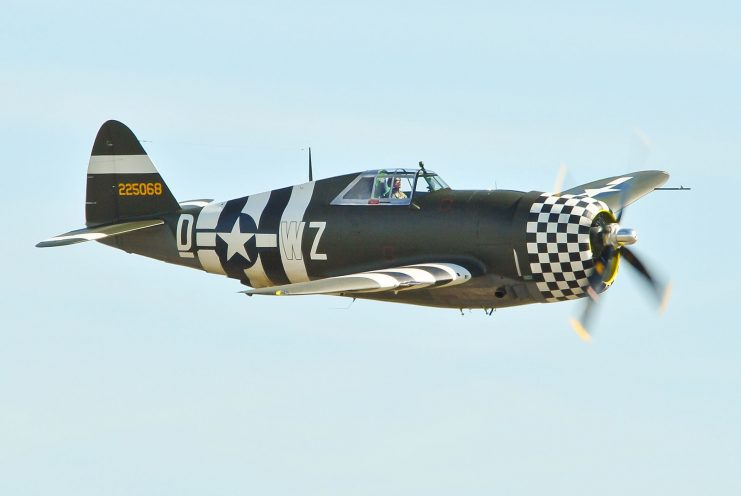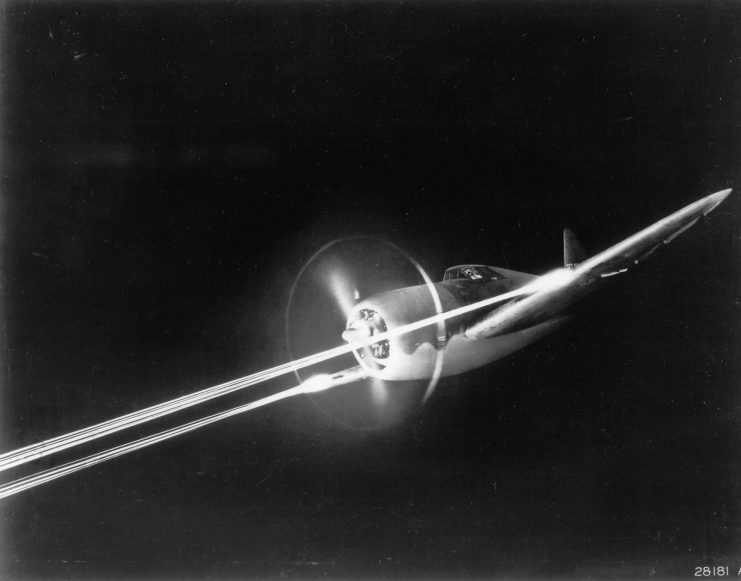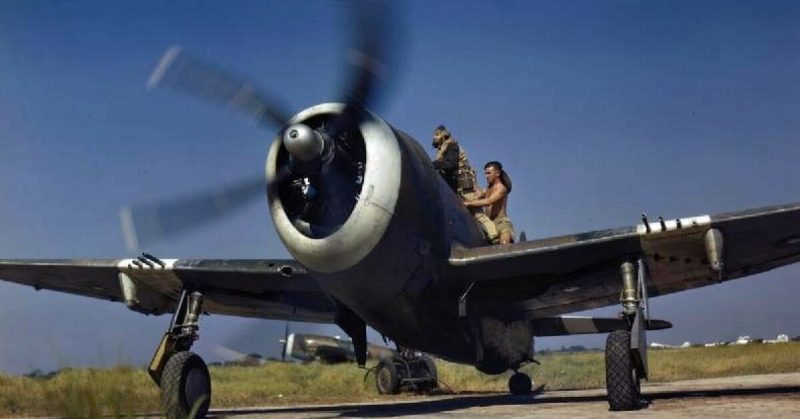The plane was discovered in 2014 by Grahame Knott. His company, Deeper Dorset, looks for shipwrecks and plane wrecks in the waters around the south coast of England. The team has been working to document the site ever since. They have self-funded the project because they love doing it.
Research led them to a reference to the plane crash. This is how they learned what happened to the pilot. That is all they know about him. They are trying to find out what direction he was traveling when he crashed and whether he lived through the war after surviving the plane wreck.During World War II, a British pilot crashed his P47-D Thunderbolt fighter plane into the English Channel. No one is certain who that pilot was although it is believed that he was rescued from the water by a local fishing boat.
The plane has remained under 80 feet of water near Weymouth, Dorsett since May 1944. Recently, though, the crash site was mapped using over 1,000 high-resolution photos and then putting them together with specialist software to present a scale, 3-D model of the area.
In the image, you can easily make out parts of the plane’s Pratt and Whitney R-2800 engines. Because the crash site is so spread out, the team had to make two dives to get all of the photos they needed. To give an idea of the size of the debris field, one tail wheel was located more than 400 feet from the main site. The main site consists of one wing, some of the landing gear and some engine parts.
Due to the size of the site, team members needed to set up four different control points for measuring distance and depth. The resulting 3-D model of the site is so detailed that one can easily view the markings on the plane.

Over 15,600 P47-D Thunderbolts were built for the war between 1941 and 1945. The planes were flown in every theater of the war. The US Air Force, French Air Force, and RAF all made use of the aircraft.
Each Thunderbolt had eight .50 caliber machine guns. The cabin was plated with armor. The top speed of a P47-D was 433 miles-per-hour. The wingspan was 40 feet.
The P47-D was designed by Republic Aircraft for a 1940 competition to find a fighter plane that could compete with the German fighters that were winning the skies over Europe at the time. Republic was originally Alexander de Seversky’s company until the board forced him out and changed the name of the company.

The P47 was the heaviest single-seat fighter plane of the time. This made it slow in climbs but faster in dives. It also made it less susceptible to damage from gunfire. The famed aviator Charles Lindbergh taught pilots how to reduce fuel consumption and thus increase the range of the plane.
The P47-D didn’t begin being used in the war until 1943. Its diving ability combined with the 30-second bursts it could get from the four .50 caliber machine guns in each wing (along with the 3,400 rounds of ammo it could carry) made it a popular choice. It was also able to carry about half the payload of a B-17 Flying Fortress.
With its armor plating and the visibility given by the bubble canopy installed with the D-model, only .7 per cent of Thunderbolts were lost in action with 500,000 sorties flown. That’s good because each plane cost $85,000 to manufacture (about $1.1 million today). The P-47s are responsible for destroying almost 4,000 enemy planes, 9,000 trains, 86,000 trucks and 6,000 armored vehicles in WWII. There are still 15 P-47s still airworthy and flown in North American air shows.
